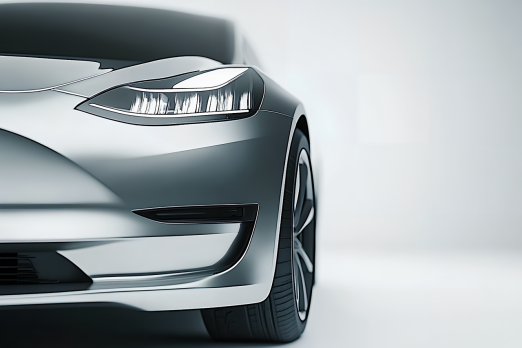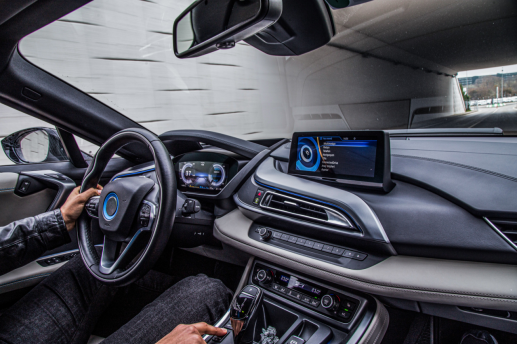Address:Room 906, building 6, SIIC Center, No.195 Hong Kong East Road, Laoshan District, Qingdao city, Shandong Province, China
E-mail:info@deltachem.net

PP material is widely used in automotive interior and exterior, especially in dashboards and storage compartments, due to its excellent properties such as light weight, moisture resistance, impact resistance, ease of molding, and chemical resistance. At the same time, PP also has excellent molding and processing properties, so modified PP is gradually becoming one of the key materials for achieving lightweight in the automotive industry.
ØWhat are the main applications of PP materials in automobiles?
1. Bumper: Modified polypropylene is commonly used in front and rear bumpers. The addition of talc or glass fiber enhances impact resistance, preventing fragmentation during collisions while reducing repair costs. Testing by some automakers showed that using modified PP bumpers reduced the vehicle's overall weight by approximately 8 kg.
2. Interior components: Dashboards, door panels, seat brackets, and other components use mineral-reinforced PP, which is easy to paint and has a texture similar to leather, while emitting lower VOCs than ABS materials. After switching to PP for door panel modules in a certain vehicle model, the cost per unit decreased by 15%.
3. Battery boxes and cooling pipes: Battery boxes for new energy vehicles require insulation and resistance to electrolyte corrosion. Modified PP can achieve UL94 V-0 flame retardancy by adding flame retardants (such as aluminum hydroxide).
4. Engine components: Parts such as fan covers and air filter housings use high-temperature-resistant PP, maintaining dimensional stability from -30℃ to 140℃ to prevent seal failure caused by thermal deformation.
Currently, modified PP still has shortcomings in automotive, as it is prone to photo-oxidative aging and thermal-oxidative aging under prolonged high-temperature and sunlight exposure.
> Thermal-oxidative aging
The tertiary carbon-hydrogen bonds (C-H bonds) in PP molecular chains are prone to breakage at high temperatures, generating alkyl radicals (R·). These radicals react with oxygen to form peroxy radicals (ROO·), which then abstract hydrogen from adjacent C-H bonds, generating hydrogen peroxides (ROOH). Hydrogen peroxides are unstable and decompose into alkyl oxygen radicals (RO·) and hydroxyl radicals (·OH), triggering chain transfer reactions that lead to main chain breakage and a decrease in molecular weight.
> Photo-oxidation aging
Ultraviolet light (especially short-wavelength UV light with wavelengths <300 nm) can break PP molecular chains and, in conjunction with oxygen, trigger photo-oxidation reactions.
Both aging mechanisms often occur simultaneously, especially in high-temperature, high-oxygen environments, where they accelerate each other's effects, leading to a rapid decline in material performance.

ØHow to obtain high-performance PP automotive interior & exterior materials?
By adding appropriate UV absorbers, HALS, and antioxidants to PP materials, it is possible to effectively improve the materials' resistance to photoaging and thermal-oxidative aging.
OMNISTAB key products for PP automotive interior & exterior.
UV ABSORBER
OMNISTAB UV531
OMNISTAB UV3529
OMNISTAB UV3853
HALS
OMNISTAB LS944
OMNISTAB LSB783
OMNISTAB LS119
OMNISTAB LS2020
ANTIOXIDANT
OMNISTAB AO-80
OMNISTAB AN9228
OMNISTAB AN300
OMNISTAB AN1330